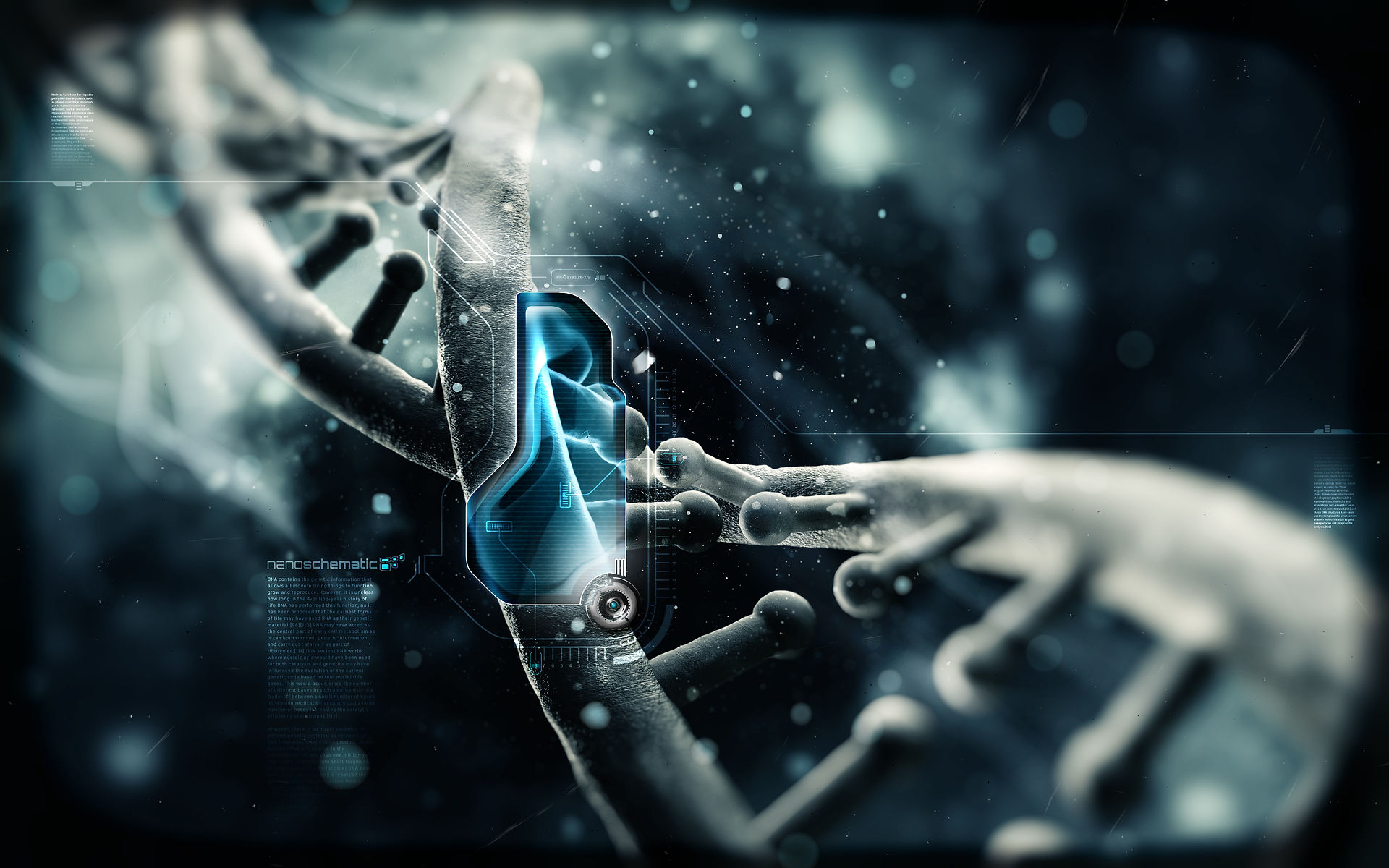
1. Radioimmunotherapy (RIT) - These mAbs have radioactive particles directly attached, and deliver them directly to cancerous cells to kill them.
2. Chemolabeled - Chemolabeled mAbs have a chemotherapy drug attached to their structures, which would normally be too powerful if delivered by itself. This drug kills the cancerous cell.
3. Immunotoxins - These mAbs have cell toxins attached to their structures, to poison and kill the molecular target in question without aid of the immune system.
(Text Citation 34, Text Citation 35)
Essential to monoclonal antibody production are myelomas,
cancerous B plasma cells. These cells can produce unlimited
amounts of antibodies.
In 1975, the work of researchers Dr. Niels K. Jerne, Dr. George
J.F. Köhler, and Dr. César Milstein came together in a method
to combine the "never ending antibody factory"
properties of myelomas with normal antib-
ody specificity.
A mouse has the antigen containing the epitope of choice
injected into it, typically multiple times. This is so that the
mouse's immune system will generate the proper B cells to
create antibodies for this epitope.
The B cells are isolated from the mouse's spleen and mixed in
with the myeloma cells. The myeloma cells will continuously
divide but will not produce antibodies.
Monoclonal Antibodies
Monoclonal antibody treaments are a form of biological (alive) therapy. They were envisioned to be a highly specific targeting system that would attach to harmful cells and other molecules in the body without harming healthy cells. Monoclonal antibodies are abbreviated as mAbs or MABs.
A B plasma cell producing antibodies for the epitope on the target of interest is cloned many times, so that thousands of identical antibodies all with the same target are produced. These antibodies are highly specific for their sole target.
(Video Citation 6, Text Citation 31)
Etymology
"Mono" (Greek for "One")
+
"Clone" (Genetically identical organisms/cells derived from the same ancestor
=
"Monoclonal"
Monoclonal Antibody Production
Video Citation 7: Click to watch "Monoclonal Antibody Production" - (will open new page)

Monoclonal Antibody production

Monoclonal Antibody production
Polyethylene glycol (PEG) is introduced to the mixture and causes the B cells and myeloma cells to fuse to each other, forming new molecules called "hybridomas."
Unfused B cells are allowed to die off, as they have limited life cycles. The surviving myeloma cells and hybridomas are then placed in a special culture called HAT medium. The normally unlimited lifespan of myeloma cells is disrupted by the HAT, and they die off, leaving only the hybridomas - which survive both conditions because they contain properties of both cells.
These hybridomas are separated and place in individual culture wells and allowed to create antibodies. These are called "monoclonal" antibodies because they are all genetically identical, or clones, of each other.
These monoclonal antibody-producing hybridomas can be maintained indefinitely.
How Monoclonal Antibodies Work
Like naturally occurring antibodies produced by normal B cells (NOT hybridomas), Monoclonal Antibodies bind to specific epitopes on the antigens of their targets. They are capable of distinguishing even between very similar epitopes - this accuracy for their targets is called specificity.
Monoclonal Antibodies defeat disease through a variety of methods. There are also two kinds of Monoclonal Antibodies - Naked and Conjugated. Most monoclonal antibody development has focused on cancer treatment - although mAbs can be selected theoretically for any target with antigens.
Naked Monoclonal Antibodies - Naked mAbs work alone, and are referred to as "naked" because they are unmodified.
1. Mark targets for immune system - mAbs can bind to targets and make them more visible. The immune system is triggered and then destroys the target.
2. Attach to antigens that are responsible for sending important signals that contribute to the target's reproduction.
3. Binding to cell receptors, so that proteins that trigger growth are blocked. Usually used in cancer treatments.
Conjugated Monoclonal Antibodies - Conjugated mAbs are modified with additional material.
Video Citation 11: mAbs can be selected against viruses
Page Contents
• Monoclonal Antibody Production
• How Monoclonal Antibodies Work
• Naked Monoclonal Antibodies
• Conjugated Monoclonal Antibodies

